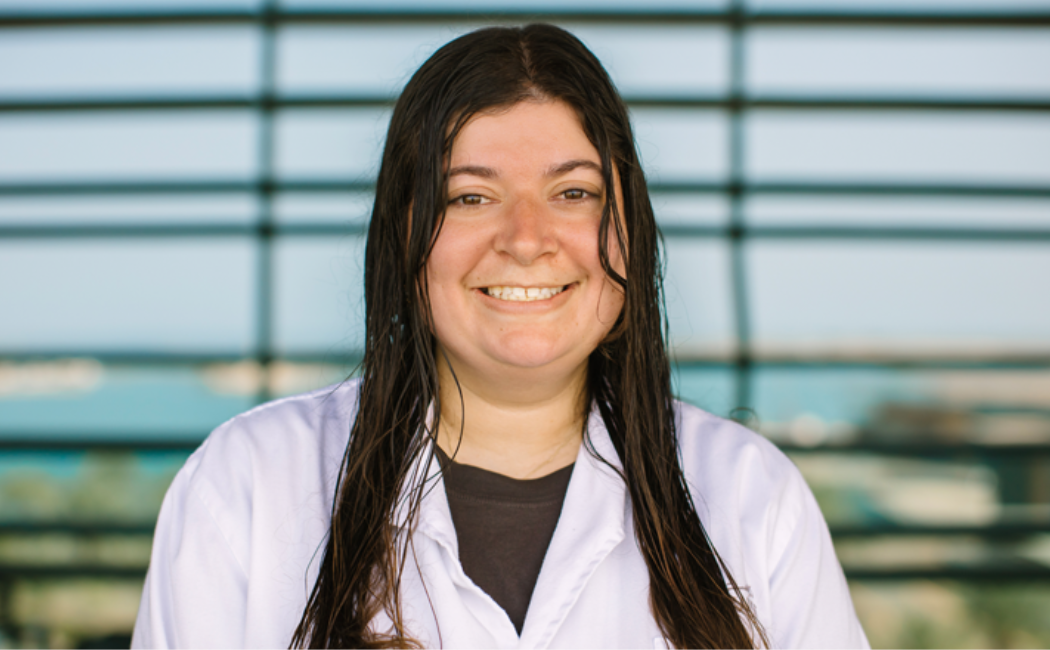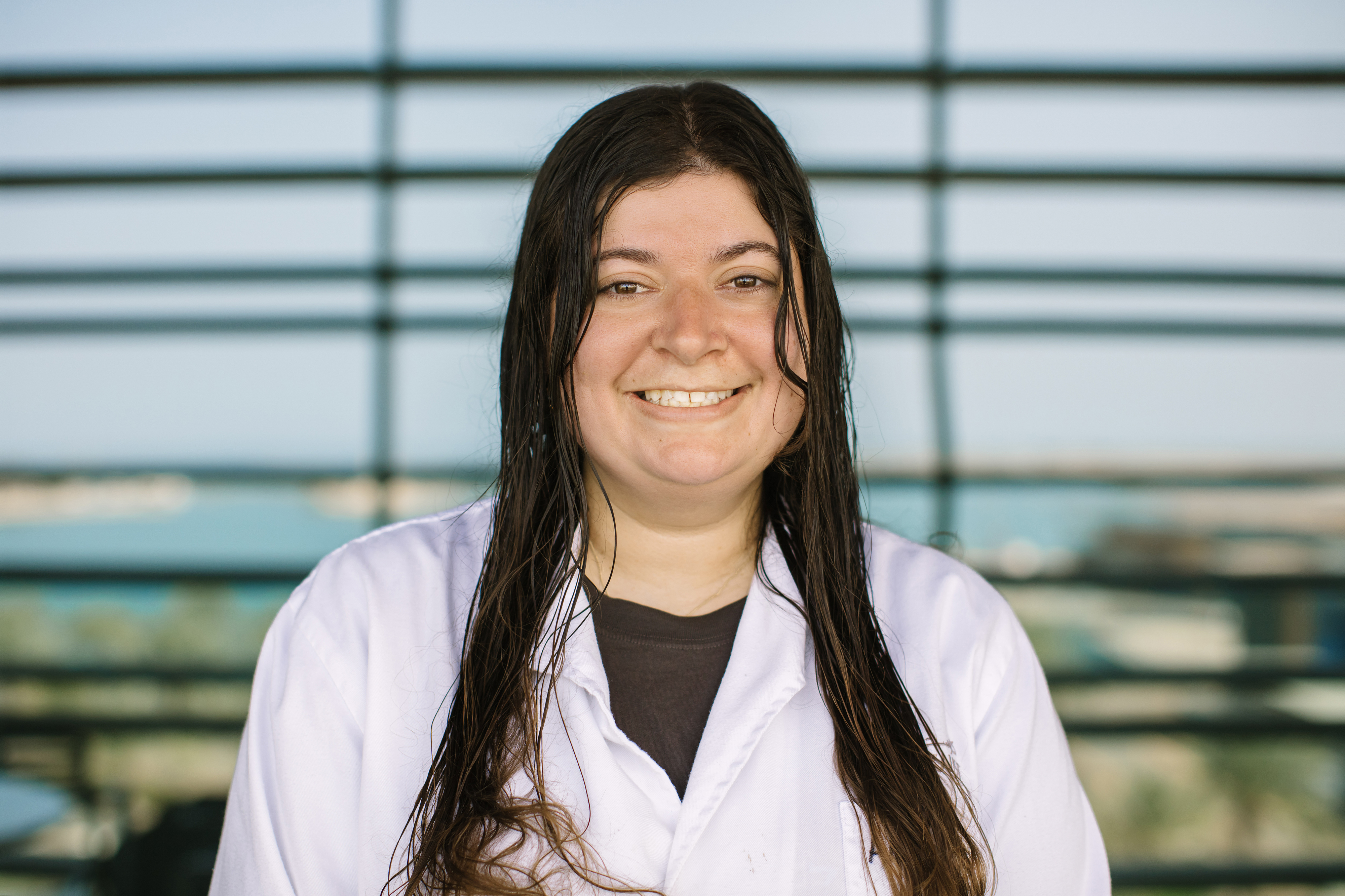


04 September, 2022
- By Catarina Carrão
"I was lucky enough to grow up on the southern end of the Great Barrier Reef, but the Red Sea is just unlike anything I have ever seen ”
- Anieka Parry

Anieka Parry just started her PhD at KAUST Tarek Ahmed Juffali Research Chair for Red Sea Ecology Lab, but she already did her Master’s thesis under Professor Duarte’s supervision; so, she is no novice to the marine science creativity that roams the corridors of Professor Carlos Duarte laboratories.
She studied oxygen modulation of thermal tolerance in the branching coral Stylophora pistillata - an important analysis, since according to a report by the International Union for Conservation of Nature and Natural Resources (IUCN) [Laffoley & Baxter (eds.) 2019, Gland, Switzerland], oxygen in the world’s oceans has decreased by 2% since the middle of the 20th century. Agricultural overspill and human waste have been playing a major role in lowering oxygen levels in the ocean, but the main source continues to be climate change and increasing water temperatures. In line with this report, 93% of the excess planet heat derived from enhanced greenhouse effect is now stored in the ocean, affecting all forms of marine life from plankton to corals to whales.
As such, Anieka’s study goes right to the core of this problem, and tries to understand the causes, consequences and future patterns of ocean oxygen decline by using comprehensive experiments to help develop mitigation strategies that can reverse ocean deoxygenation. Her study results showed that respiration and gross photosynthesis tolerance were enhanced in the branching coral Stylophora pistillata by increasing oxygen availability in the water.
Interestingly, symbiont density was not affected by oxygen or temperature in her experiments, and she explained us that reports of acute temperature stress experiments by other research groups also found no effect on the symbiont density. She believes it was only a technical matter, since the experimental protocol heats-up the corals faster than the symbionts can respond. But, since the symbionts are photosynthetic themselves, which means they can produce their own oxygen, Anieka’s believes that once the higher temperatures start to affect photosynthesis, then this would be the point where the photosynthetic machinery of the symbiont would begin to malfunction, and differences in symbiont density could then be seen. This goes in line with other responses of the coral Stylophora pistillata seen in Anieka’s study, where there was a clear temperature-dependent effect and significantly declines could be seen with higher water temperatures.
In her own words “In some replicates, it was very cool to observe a phenomenon called “Polyp bail-out”, where in Pocilloporid corals such as Stylophora pistillata, the polyps essentially bail out and leave in response to environmental stress”. This extraordinary response enables corals to break down the colonial integrity by degrading connective tissue and releasing polyps from the calcareous skeleton, providing an acute survival mechanism for corals exposed to severe stress conditions.
Even though there was low replication in some of her mortality assessment experiments, the results of her work lead in the direction that with more robust estimates, results could be further replicated. In fact, for her PhD she is continuing to investigate the underlying questions and hypothesis of her Master’s project, and expanding these into multiple research questions that incorporate the mesophotic zone as well as shallow water corals.
As such, it will be no wonder if in the future our seas and oceans will look like a Sci-Fi movie with giant air pumps oxygenating the water so that deoxygenation and coral bleaching could be prevented. Anieka was very nice not to find our idea non-sensical, and even commented that one of her colleagues and Professor Duarte are already working on a set of experiments that could explore that possibility in the future.